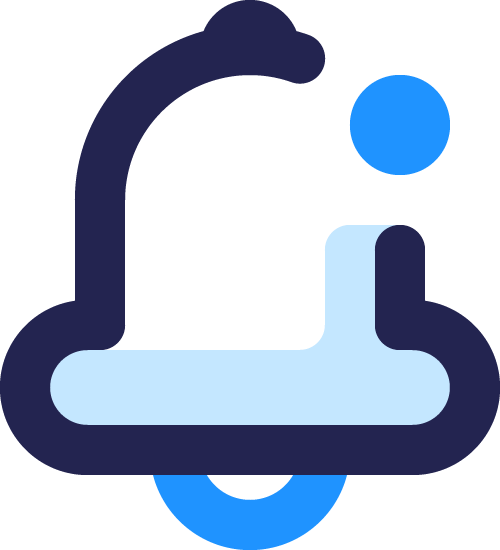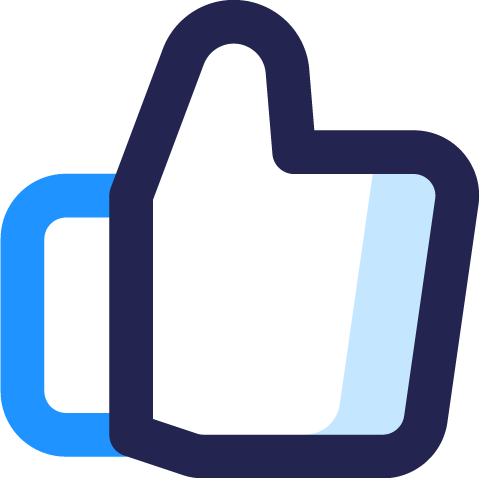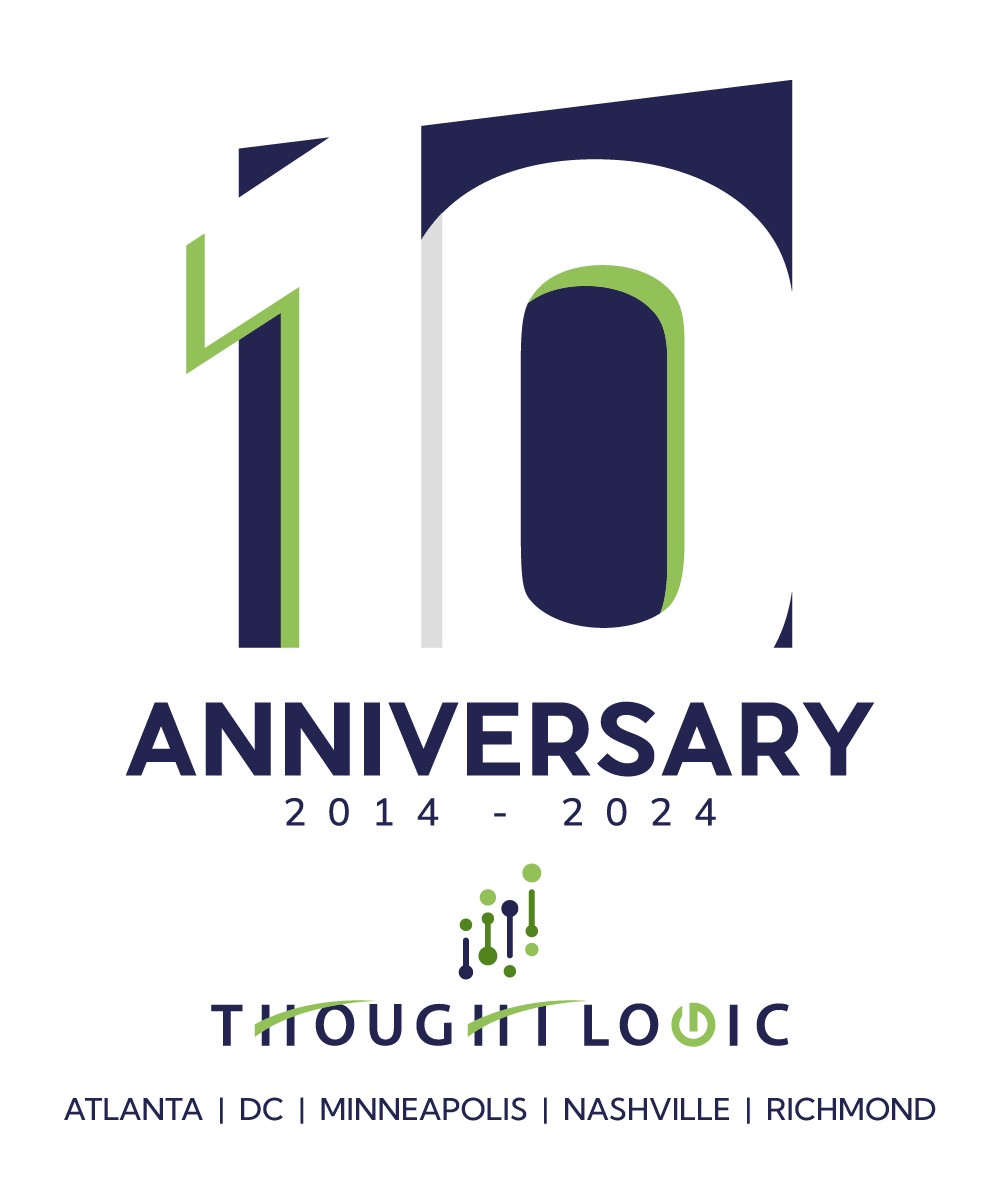How Engagement Can Make Your L&D Efforts More Effective
Although the Great Resignation has largely subsided, the lingering economic impact of COVID continues to influence job markets. Workers now seek improved benefits from their employers, while companies concentrate on attracting and retaining top talent. In such an economy, learning and development stands out as a key area for organizations to prioritize.
According to a 2019 LinkedIn study, 94% of workers would remain with a company longer if it invested in their learning and development. Upskilling enables organizations to address current skills gaps, adapt to evolving business needs more swiftly, and enhance employee retention. However, many companies, on average, require 62 hours of learning and development per employee, without leveraging ways to make it feel purposeful. This practice turns learning and development into a multi-tasking requirement that takes time away from other work without unlocking the true benefits that come from training.
Thought Logic partners with Fortune 500 companies to enhance their L&D programs and increase engagement which is vital for a more effective, motivated, and educated workforce. Once the necessary groundwork has been completed for creating a comprehensive learning and development strategy, including conducting a needs assessment, defining the roles requiring training, designing the curriculum, and identifying content; the following additional elements should be considered for the design:
Psychology of Behavior:
Before introducing new elements to the L&D program, consider the behaviors desired from learners. What specific actions and behaviors are expected? Additionally, it is important to understand how learners are best incentivized. Do they respond better to rewards or consequences? A combination of both approaches is often the most effective.
Gamification:
Gamification has become a popular concept in the L&D space, and for good reason. People tend to learn and engage more when they enjoy the learning process itself. By incorporating gaming techniques, such as incentive structures similar to video games or board games, learners are encouraged to progress to the next level, video, or module. Gamification also drives improved productivity as one survey found: 90% of employees are more productive when gamification is used.
A great way to excite, engage, and reward employees within a learning program is with badges. Identify the behaviors to encourage and design badges to recognize and reward employees’ efforts. For example, if the objective is to promote knowledge sharing, create a Support or Delivery badge. If the objective is to encourage employees to plan their learning, award a Learning Planning badge upon completing certain activities. To amplify learning and adoption, ensure that leadership acknowledges when employees earn badges and reinforce recognition. While recognition from leaders is valuable, peer recognition can be even more impactful. Establish a space for employees to share their earned badges and allow peers to recognize their achievements, thereby enhancing engagement within the learning program.
Recognition:
Implementing a recognition program can unlock additional value from learning initiatives. Recognition programs can positively impact employee productivity, retention, engagement, and motivation, ultimately fostering a more positive and engaged workplace. Organizations with formal employee recognition programs have 31% less voluntary turnover than organizations that do not have any programs. And they are 12x more likely to have strong business outcomes. To start a recognition program, begin by identifying the behaviors desired from employees, as outlined earlier in this article.
Incentive point systems can also help direct employees toward specific behaviors. Identify the specific behaviors to encourage and tie incentives to achievable outcomes. For example, if the objective is to encourage employees to attend in-person training, provide points to motivate that behavior. If the goal is to encourage a team to complete more Power BI training, create a competition that drives them to complete the training and apply their knowledge. Utilize tools like Power Apps or other automation tools to streamline the incentive experience and consider leveraging a leaderboard to enhance motivation.
Unlock Internal Knowledge:
There is no better way to learn than for colleagues to teach from experience. A great way to get employees engaged in an L&D program is to leverage them to deliver content themselves. While L&D teams likely possess relevant content for lower proficiency levels, more advanced knowledge related to company-specific concepts is typically institutionalized within a few employees and not shared or disseminated effectively. Internally sourcing content can help provide those critical details. Start by identifying the gaps in your curriculum and the proficiency levels desired. Then, determine the employees within your organization who are best positioned to share that knowledge. These courses can focus on academic concepts or the application of knowledge, such as workshops or case studies. To support this effort, provide incentives to employees to share their knowledge and recognize them for their contributions.
Remember, without incorporating these essential elements, your L&D program may not achieve the desired effectiveness.
Authors

About People + Change
Thought Logic’s People + Change smartSolution helps businesses reimagining the power of people to excel in an environment of continuous change.

Sign up to receive future Insights in your email box.
Never miss an update.









